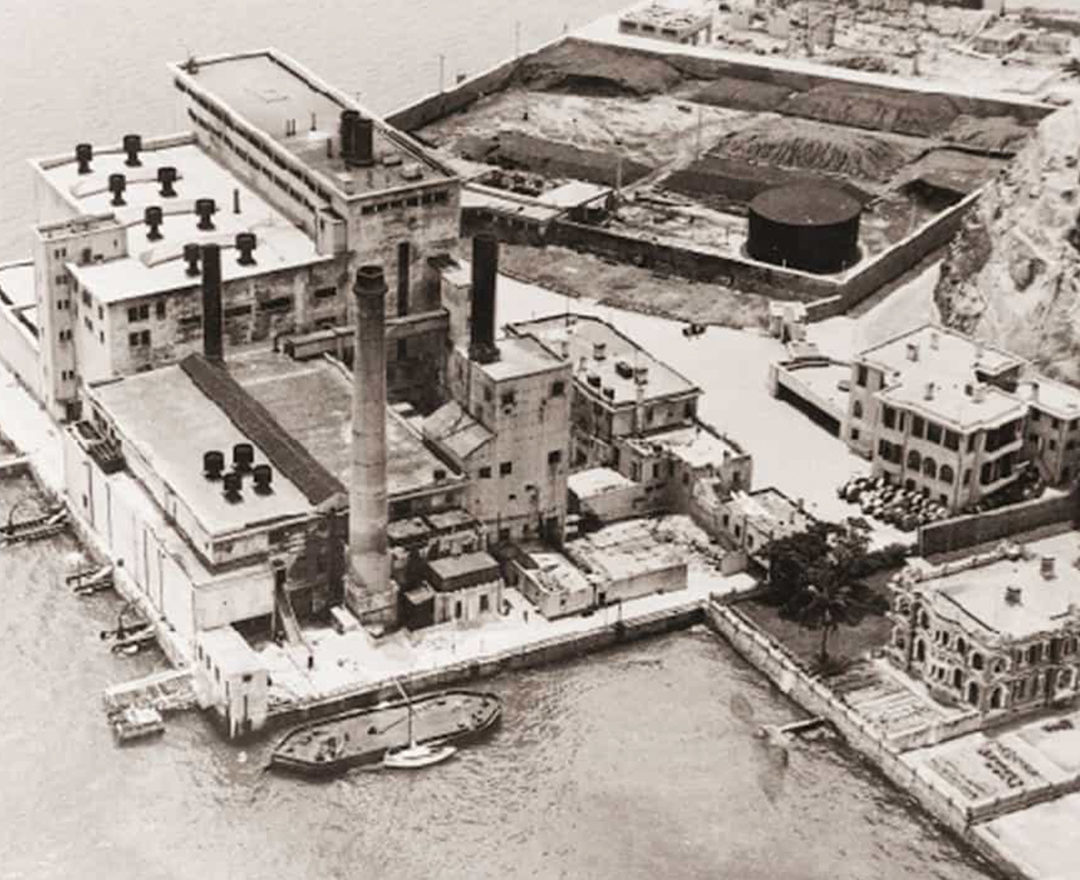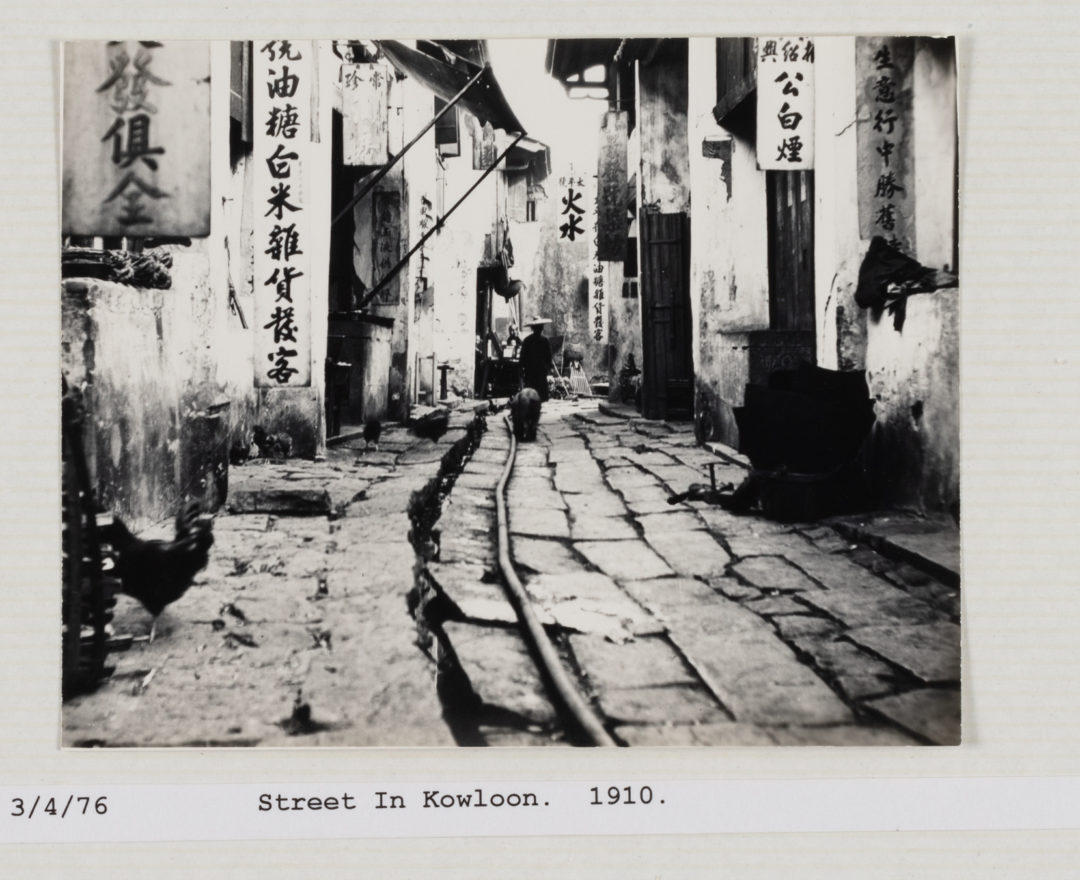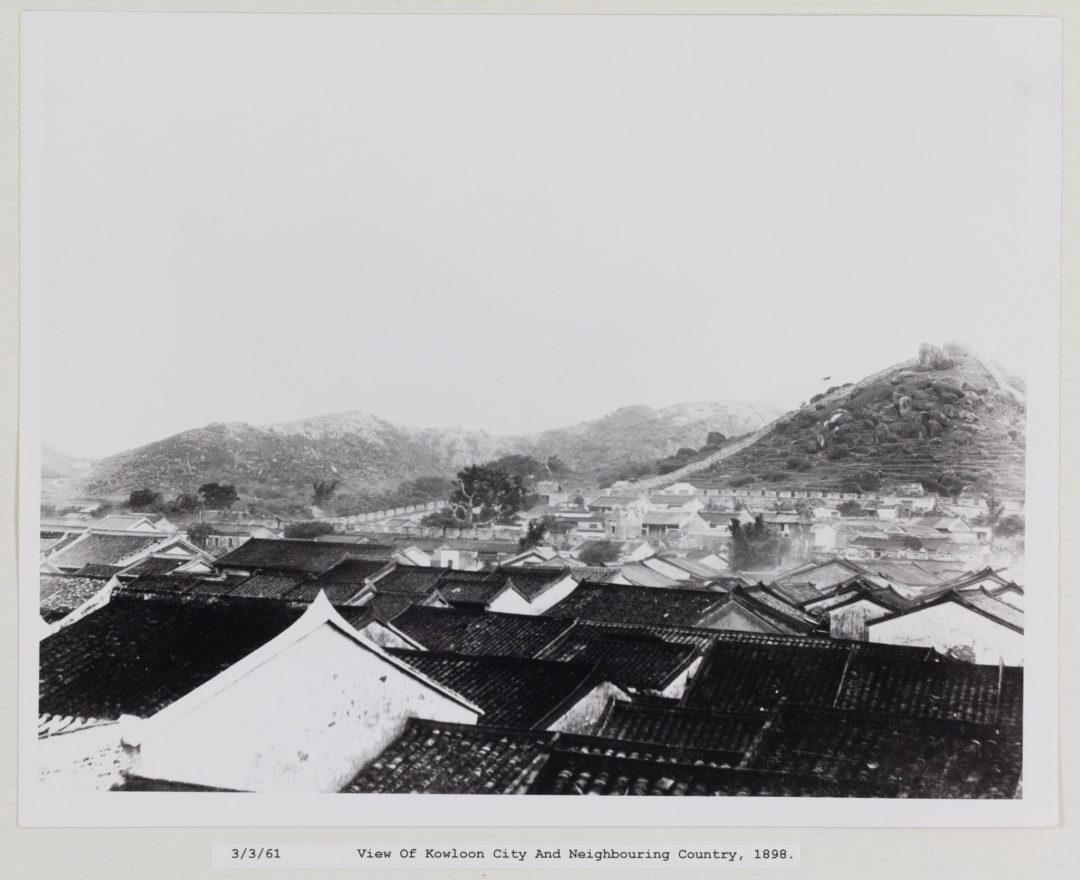If you want to explore archaeological sites, you don’t need to go to the outskirts. In the rapidly developing Kowloon City, you can find the Lung Tsun Stone Bridge, a Qing Dynasty construction with a history spanning over 140 years.
It’s precisely because of the rapid urban development that the Lung Tsun Stone Bridge had the opportunity to resurface after being buried for half a century. In 2008, during the planning for the redevelopment of the former Kai Tak Airport site, the government discovered the Lung Tsun Stone Bridge remnants. This finding marked a rare and significant archaeological discovery in recent years in Hong Kong. The Lung Tsun Stone Bridge was originally built between 1873 and 1875, situated by the sea in Kowloon Bay. Many officials traveling to Kowloon Fort would disembark at this bridge, and there was a”Pavillion for Greeting Officals” (the Pavilion) built by the shore. Connecting the land and the harbor, the bustling Kowloon Street Market thrived along the seaside. During the Japanese occupation in 1942, the bridge was dismantled and buried in the newly reclaimed area of Kai Tak Airport. It was only unearthed after the relocation of the airport when the government redeveloped the area. According to the government’s announcement, a promenade will be constructed in Kai Tak, allowing people to admire the stone bridge up close.








